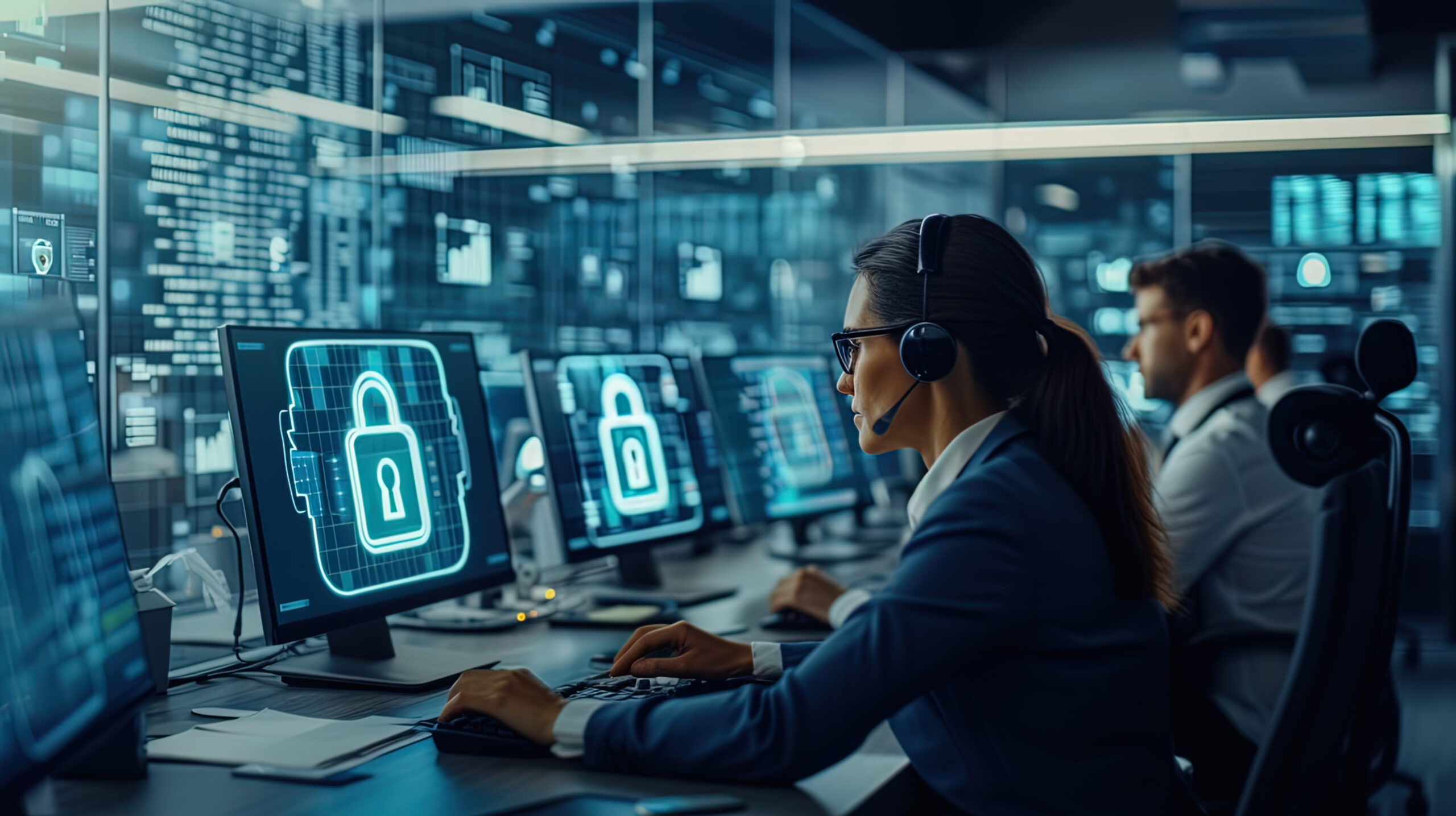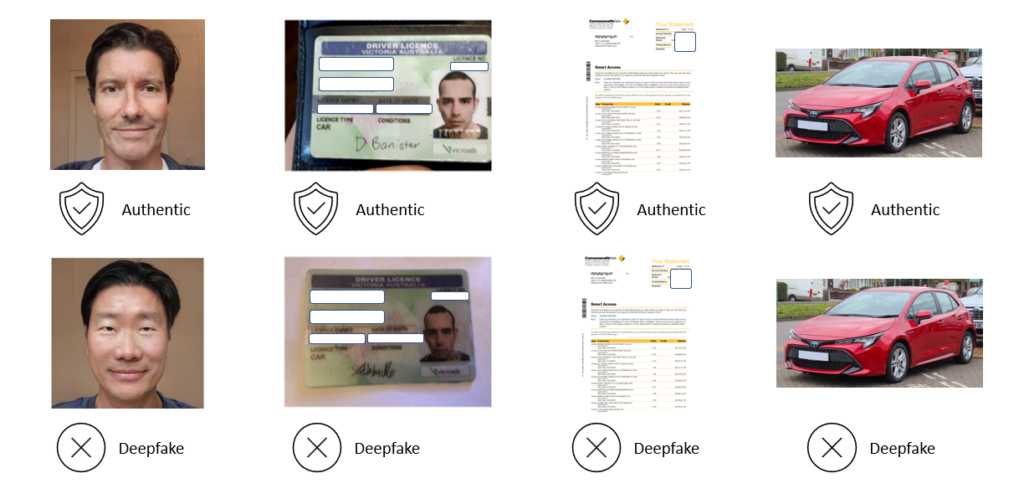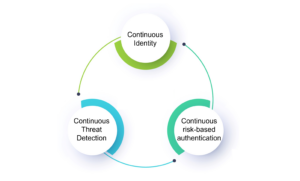
A glimpse into online fraud forums
To those among us who monitor fraud trends, it’s not surprising to see a headline alerting us to the increased adoption of AI tools by fraud

To those among us who monitor fraud trends, it’s not surprising to see a headline alerting us to the increased adoption of AI tools by fraud syndicates. What is surprising is how significant the shift has been over the last 12 months. The fraudsters have realized they can automate and scale their operations with a focus on perpetrating account takeover.
To mitigate the risk, it’s helpful to get a glimpse into the underworld of fraud and understand how they are leverage AI tools to hack into our accounts. It’s also informative to review the online forums where the fraudsters exchange methods and sell stolen identities.
AI has enabled fraudsters to shift from high-effort, low-volume attacks to low-effort, high-volume attacks while also improving the quality and effectiveness of their attacks. It’s no surprise therefore that AI-generated attacks are a hot topic in online fraud forums. An analysis of over ten million instant messages from the top twenty-five fraud forums from 2020 onward revealed a massive spike in mentions of “AI” starting in March 2024, where mentions of the technology surged to over 37,000 messages in a single month—a 900 percent increase over the previous month.
The posts are often very specific, detailing the step-by-step approach required to bypass the security controls of a particular bank, fintech, or crypto platform. The forums are active with responses delivered within minutes of a post. Often the response will include an offer to sell a solution. Who new fraudsters would be so community minded!
One of the popular threads on Telegram fraud forums is AI-generated deepfake videos. The videos show human heads rotating up and down and side to side. The threads offer AI tools that convert a single photo into a convincing video that can fool liveness checks included in Know Your Customer (KYC) checks used by fintechs and banks. These ‘deepfake’ tools are offered as solutions to multiple steps in the verification process including:
In all these use cases, the AI-generated outputs are hyper-realistic and it’s impossible for an expert human reviewer to distinguish between an authentic original specimen and the falsified AI version.

Thousands of companies and their customers fall victim to these attacks every month. The impact is massive and escalating rapidly. A recent report by SIFT estimated the cost of Account TakeOver (ATO) at US$635b in 2023 and growing at triple digit rates! More than one third of consumers have been impacted directly by these attacks and the problem is getting worse as fraud syndicates adopt AI tools at scale.
The only strategy for stopping these attacks is to use identity verification and Multi-Factor Authentication solutions that are specifically designed to mitigate the risk of deepfake attacks and verify the actual person behind the screen. In addition, by adding verification technologies like device intelligence, AI models for deepfake generation, and behavioral biometrics, organizations can further reduce the risk of identity fraud. Finally, invest in solutions that protect your multi-factor authentication (MFA) and password recovery processes: this is a primary attack vector and a key vulnerability that companies often overlook.
Attackers have seen huge success using AI deepfakes for injection and presentation attacks – which means we’ll only see more of them. The key to stopping this threat is to develop a multi-layered approach that combines PAD, injection attack detection (IAD), and image inspection. This strategy forms the basis for companies to navigate the “cyber pandemic” we face and onto a more secure, trusted future.
Truuth Biopass is a risk-based passwordless authentication solution that delivers a step-change in authentication security and user experience. Biopass is a multi-tenant and white-label SaaS solution that can be deployed in a matter of hours to protect user accounts from malicious activity. Biopass is perfect for high-risk use cases where it’s critical to authenticate the right human and the right device. Biopass is a simple plug in to existing Identity & Access Management (IAM) platforms such as Okta, Entra, Cognito, Ping, and Auth0.

To those among us who monitor fraud trends, it’s not surprising to see a headline alerting us to the increased adoption of AI tools by fraud

Fraudsters have been very successful using AI deepfakes for injection and presentation attacks. The bad news is this means we’ll only see more of them. The

Small and Medium Enterprises are often neglected when it comes to state-of-the-art cyber security solutions. Service providers tend to focus on tier 1 clients who have

The year-end holiday is a convenient time to catch up on reading. My reading has focused mostly on recent trends in AI and the implications for

Deepfakes are an emergent threat falling under the greater and more pervasive umbrella of synthetic identities. They utilize a form of artificial intelligence/machine learning (AI/ML) to

Fraudsters are employing increasingly elaborate techniques to create fake identities and impersonate online users. Deepfake technology is widely accessible and fraudulent actors no longer require deep
To those among us who monitor fraud trends, it’s not surprising to see a headline alerting us to the increased adoption of AI tools by.

Drop us a line and we will get back to you soon!
Please enter your information below and we will be in touch.